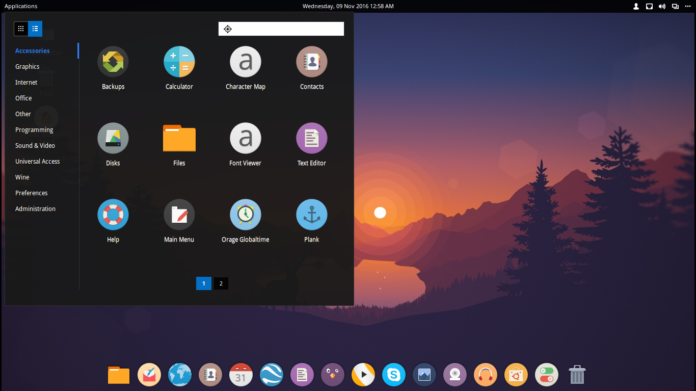The industrial field is advancing rapidly and with the current of Industry 4.0, it is currently undergoing a revolution. While the industry has long relied on old, proven and long-lasting technologies, it is increasingly digitizing using new technologies such as the Cloud, Web services, IoT, robotics, etc.
Many of these new technologies come from the world of open-source or technical concepts carried by this trend, and were logically initially created to run on various operating systems including linux server.
The advantages of Linux in the field of industry
It’s been a few years since we’ve noticed an upsurge in demand for industrial PCs running Linux. The advantages that we present below seem to us to be remarkable points in this new craze.
Open Source
Linux is an Open-Source operating system. Its source code is therefore freely available and can be used by developers who wish to adapt it to their needs. This is one of the reasons why, today, there are many Linux distributions that all offer advantages and disadvantages and meet different needs.
This operating system is free and we know that in the case of an industrial PC, the license of the operating system can represent a large part of its price.
Stability
Linux has long been recognized for its stability. In the industrial field, this is an undeniable plus. When you equip production lines with computer equipment, it must be robust, respond to the constraints of the surrounding environment (heat, vibrations, splashes, humidity, etc.) but also stable. Nothing is worse than a production line that no longer works due to a system-related computer problem.
Some factories operate 24/7. It is therefore essential that the operating system that hosts the solutions that drive and supervise be stable and work the same way all the time.
A number of distributions offer a stabilized application ecosystem. FreeBSD or Debian (to a lesser extent) have a robust and approved software catalog. They rarely offer extremely recent tools as standard that have not received the approval of the community in terms of stability.
In addition, the possibilities of personalization of a linux server distribution, make it possible to remove any application or service useless to the functioning of the machine. The less potential source of problem there is on a PC, the less it will stop working properly.
Performances
It is difficult to compare the performance of operating systems these days as the “hardware” has become so powerful. In addition, most of the performance is based on the quality of the drivers that allow the hardware to communicate with the operating system.
Personalization
Depending on the desktop-oriented Linux distributions (Desktop), you will find a certain number of pre-installed applications as standard. The server versions (without graphical interface) are generally delivered with a minimum of software. You can then decide to install or uninstall as many non-vital features as you wish.
To install new applications, you have three choices:
- Use the package management tool (software) included in the distribution to easily install new tools. We find for example APT and YUM as package managers in the most used distributions.
- Compile applications directly from source to have versions optimized for your machine’s hardware.
- Use the “in-house” installer sometimes delivered with applications from certain publishers.
Security
The security of this operating system is recognized and inherent in its architecture. The management of rights, users as well as the structure of these makes the security of this system powerful.
Also, for the majority of distros, the developer community is very active. It generally responds very quickly to security issues that may arise.
However, this security is all relative to the level of use of Linux today. Indeed, the more an operating system is known and used, the more it attracts covetousness and therefore desires for piracy and other hacks.
















